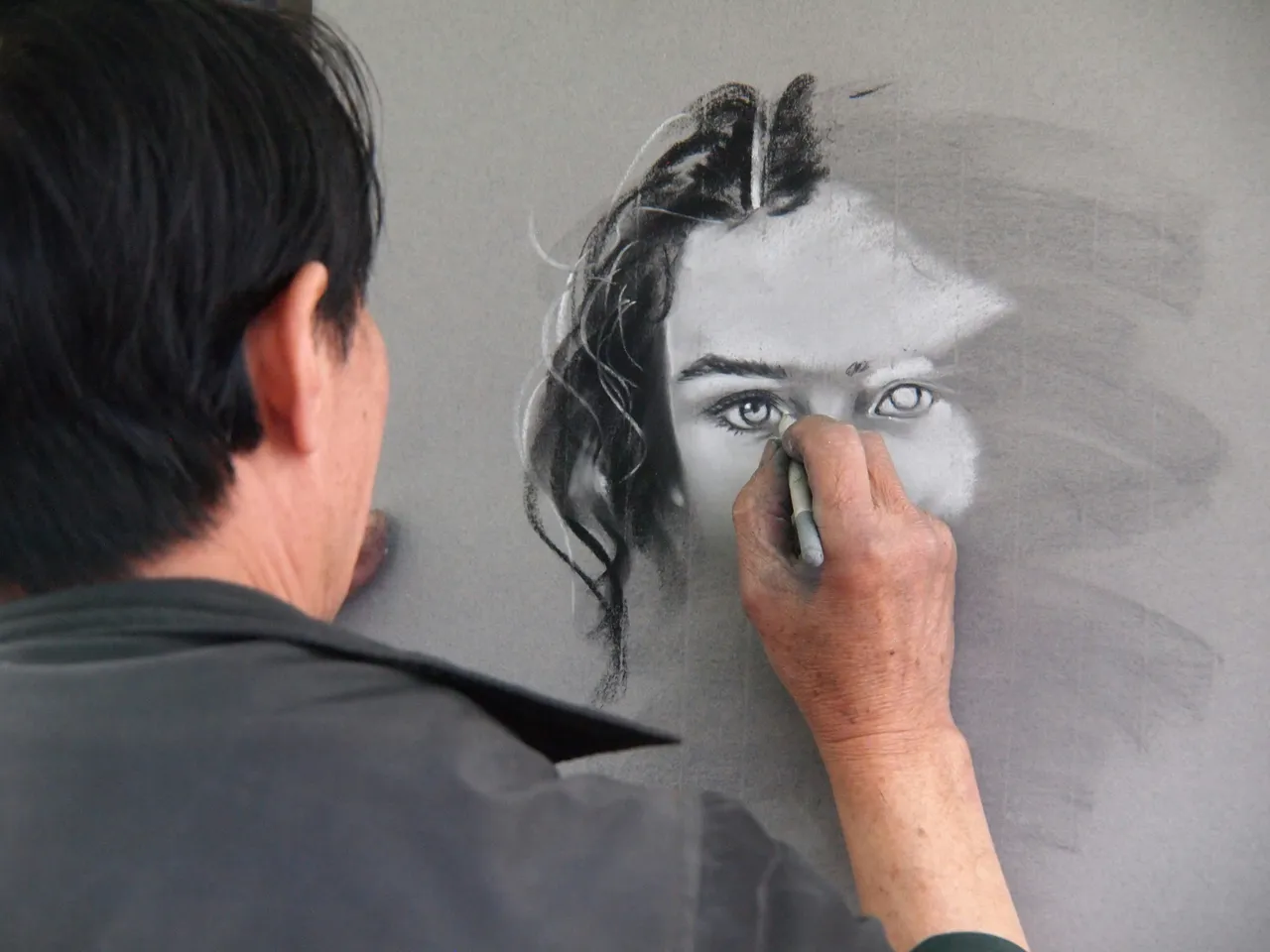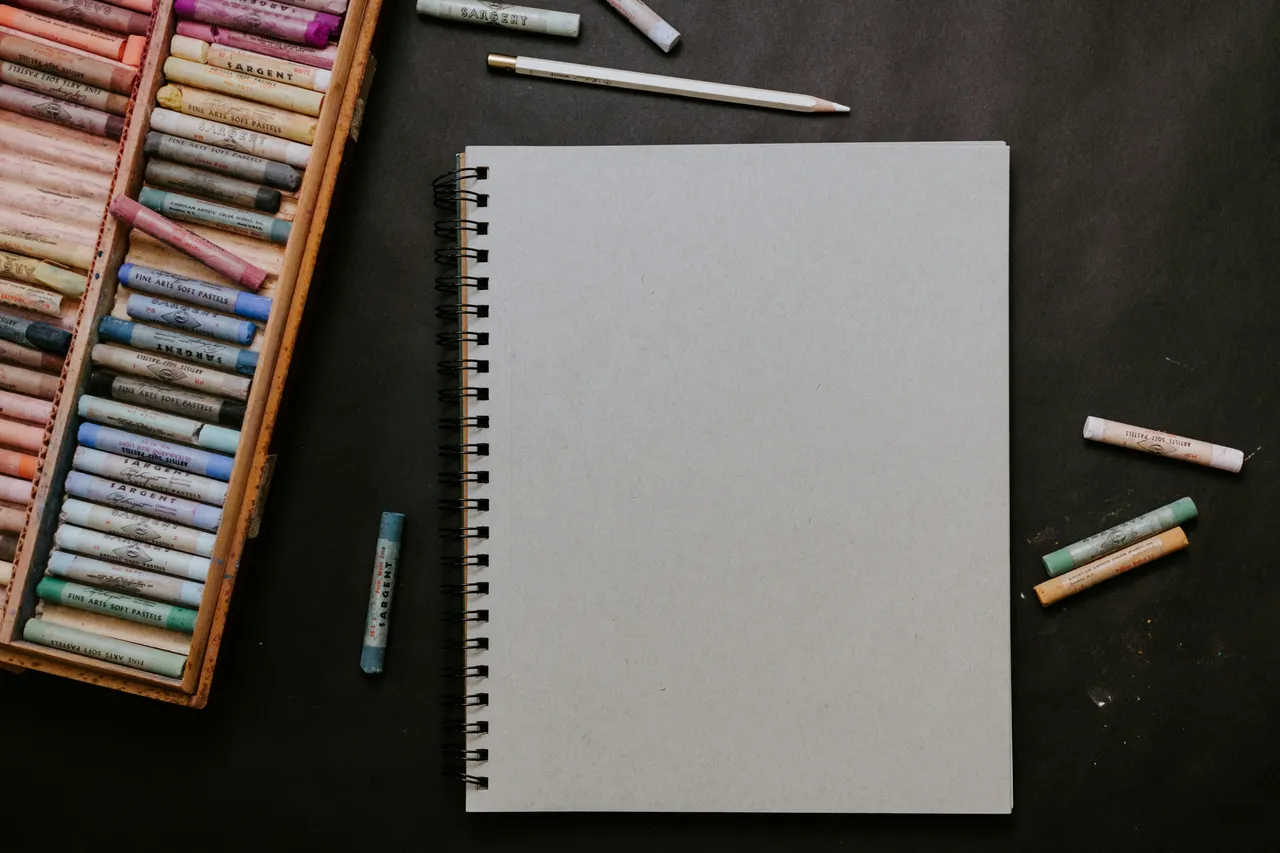Harnessing Nature: Creating Art from Natural Dyes and Plant Materials
Art has always been a reflection of our environment, and as we become more aware of our ecological footprint, many emerging eco-conscious artists are turning to nature for inspiration. Harnessing natural dyes and plant materials not only allows for vibrant and unique artistic expressions but also promotes sustainability in art practices. This article explores the techniques, benefits, and beginner-friendly projects that can inspire you to embrace eco-friendly art creation.
What are Natural Dyes?
Natural dyes are colorants derived from various natural sources, including plants, invertebrates, and minerals. Unlike synthetic dyes, which can contain harmful chemicals, natural dyes are biodegradable and often safer for both the environment and the artist. Historically, natural dyes have been used for thousands of years, with evidence of their use dating back to the Neolithic period. Ancient cultures utilized plants, roots, and insects to create vibrant colors for textiles and artworks, establishing a rich tradition that continues to influence contemporary art. Today, as sustainability becomes increasingly important, natural dyes are being rediscovered as a viable alternative to synthetic options.
Sourcing Natural Dyes from Plants
Sourcing natural dyes can be a rewarding experience, allowing artists to connect with their environment. Many common plants can be used to create dyes. For instance, madder root produces a beautiful red hue, while indigo is known for its deep blue color. Turmeric offers a vibrant yellow shade, and avocado skins and pits can create soft pinks and blush tones.
To prepare natural dyes, artists can gather plant materials from their gardens, local parks, or even their kitchens. Simple methods involve boiling the plant material in water to extract the color, which can then be used to dye fabrics or paper. It's important to source these materials responsibly, ensuring that foraging practices are sustainable and do not harm local ecosystems. For more information on sourcing natural dyes, you can visit USDA Native Plant Dyes.
Techniques for Using Natural Dyes in Art
There are several techniques for applying natural dyes to create stunning artworks. Immersion dyeing involves fully submerging fabric in a dye bath made from natural sources, ensuring even color coverage suitable for various materials. Shibori, a Japanese dyeing technique, involves folding, twisting, or bunching fabric before immersing it in dye, creating unique patterns and textures that enhance the visual appeal of the artwork.
Bundle dyeing is another method where plant materials are placed directly on the fabric, rolled up, tied, and then steamed or heated. This technique allows the pigments to transfer directly to the fabric, resulting in intricate designs. Additionally, mordanting is an important step in the dyeing process. Mordants help the dye bond to the fabric and can be applied directly or added to the dye bath, significantly influencing the final color. Understanding the different types of mordants and their effects can help artists achieve their desired results. For more techniques, visit The Art of Botanical Dyeing.
Benefits of Natural Dyes in Artistic Practices
Using natural dyes in art offers numerous benefits. They are eco-friendly, biodegradable, and derived from organic materials, minimizing pollution and reducing the artist's carbon footprint. Each dyeing process yields slightly different shades, inspiring creativity and allowing for one-of-a-kind pieces. Many natural dyes are non-toxic and safer for skin contact, reducing the risk of allergic reactions associated with synthetic dyes. Additionally, some natural dyes possess antimicrobial and anti-inflammatory properties, making them a healthier choice for artists. For more on the benefits of natural dyes, check out Natural Dyes: The Art Of Eco-Fashion.
Creating Art with Plant Materials
Incorporating plant materials into artwork can take many forms. Artists can create botanical art using fresh greens, leaves, and flowers, or experiment with eco-printing techniques that transfer colors and patterns onto fabric or paper. The use of plant materials not only enhances the aesthetic of the artwork but also deepens the connection between the artist and nature. Notable artists who have successfully integrated plant materials into their work can serve as inspiration for your own creative journey.
Sustainable Art Practices Using Natural Materials
Sustainable art practices are increasingly important in contemporary art. Artists are exploring biodegradable materials, such as plant-based dyes and organic canvases, to reduce their environmental impact. By adopting eco-friendly techniques, artists can create meaningful works that resonate with both their audience and the planet. This shift towards sustainability not only benefits the environment but also fosters a greater appreciation for the natural world. For more insights on sustainable practices, visit The Rise of Sustainable Art Practices.
Beginner Projects for Natural Dye Art
For those new to natural dyeing, there are plenty of beginner-friendly projects to explore. Start with simple recipes using kitchen scraps like avocado skins and onion peels to create beautiful colors. These projects are accessible and budget-friendly, making them perfect for beginners. You can also try eco-printing, which uses leaves and flowers to create unique prints on fabric, or extract pigments from herbs and spices to make your own paints, perfect for a variety of artistic applications.
Eco-Friendly Art Supplies and Natural Dyes
When working with natural dyes, it's essential to choose eco-friendly art supplies. Many brands offer sustainable options, including Natural Earth Paint, which provides a range of non-toxic paints and natural dye kits that are safe for artists of all ages. Additionally, Eco-Friendly Natural Art Supplies offers biodegradable kits and natural earth paints suitable for artists looking to minimize their environmental impact.
Conclusion
Harnessing nature through the use of natural dyes and plant materials not only enriches the artistic process but also fosters a deeper connection to the environment. By exploring these techniques and embracing sustainable practices, artists can create beautiful, meaningful works that celebrate the beauty of nature. So gather your plant materials, experiment with natural dyes, and let your creativity flourish! Share your creations with others to inspire a community of eco-conscious artists.
This article was developed using available sources and analyses through an automated process. We strive to provide accurate information, but it might contain mistakes. If you have any feedback, we'll gladly take it into account! Learn more


